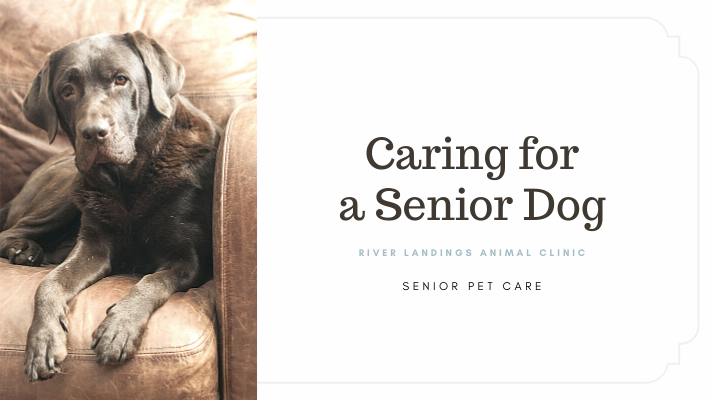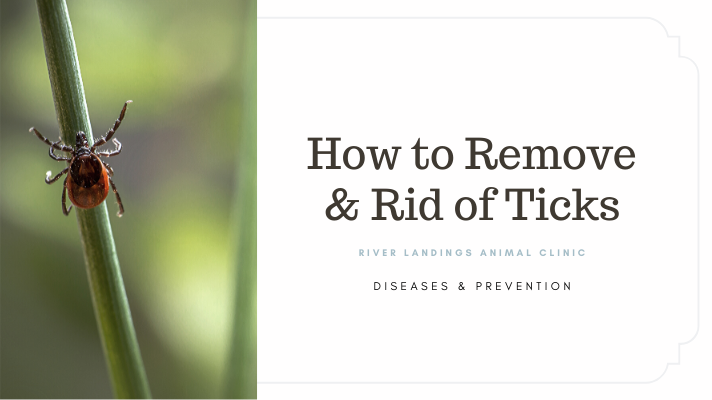If your dog is going a little gray in the muzzle, they may be entering the senior stage of their life.
While the standard age range for senior dogs varies by breed and size, pet parents should watch for signs of aging and make necessary adjustments to provide their pets with the best senior dog care available.
How to Take Care of Senior Dogs
If you need to take care of a dog who is older, making subtle changes to your dog’s routine, veterinary care, and home environment can help them live a healthier and more comfortable life.
Tip 1: Keep Your Senior Dog Active
As dogs age, it’s important that they continue to get plenty of exercise. If they don't move it, they lose it. Muscle mass is the main driver of metabolism, and dogs that lose muscle mass develop frailty syndrome, which accelerates the aging process.
If a dog’s activity level gradually decreases over time, it could be a sign that something is wrong. Owners of old dogs should watch for subtle signs of pain and visit a veterinarian to come up with an ideal treatment plan. Pet parents still think that 'slowing down' is normal for old age. It isn't always the case—it is indicative of untreated pain.
Dog monitors that attach to a dog collar, such as the Whistle 3 dog GPS tracker and activity monitor, are useful tools that are designed to help pet parents keep tabs of their dog’s activity level. If activity levels are low, dog owners can adjust a pet’s exercise routine to include more playtime or longer walks.
Keeping your senior dog active will also help prevent weight gain. Keeping your dog thin is the most important thing you can do to help minimize the effects of arthritis.
Tip 2: Get Your Dog’s Blood Work Checked
As dogs get older, it’s a good idea to see your veterinarian on a regular basis for checkups. Besides an annual or biannual exam, it is suggested that pet parents get yearly blood work done for their senior dogs.
It's recommended that you do blood work to check your senior dog's white and red blood cells and their kidney and liver function to make sure that they're healthy. This is an easy way of being able to detect any kind of disease.
Tip 3: Invest in an Orthopedic or Heated Dog Bed
If you want to take care of a dog that is getting up there in age, splurging on an orthopedic dog bed or a heated dog bed may help senior dogs that are suffering from arthritis and other joint problems.
A pain-free, restful sleep is huge for older dogs. It can improve mobility, reduce pain, and improve quality of life.
A heated dog bed may help a senior dog with stiffness and joint problems. It has a built-in heater that warms up to your dog’s natural body temperature.
You can place a heated pad or mat into your dog’s bed for a similar effect. Consider electric warming pads that are thermostatically controlled and have emergency shut-offs if they overheat. Such a pad will provide substantial relief for the achiness of age-related arthritis.
In particular, the K&H Pet Products pet bed warmer is specifically designed not to exceed the natural body temperature of your dog. It fits inside most pet beds and is MET listed for safety. This means that it has been tested at a “Nationally Recognized Testing Laboratory” to ensure quality and safety standards.
Tip 4: Try Using a Dog Support Sling
If your senior dog has mobility problems, a dog support sling or a specially designed dog harness can be a big help. If your dog has a really hard time getting up, sometimes using a dog sling can help them get on their feet. There are great harnesses available that have a handle on the back so you can easily assist your dog. Dog support slings are designed to help make walking, climbing stairs, going to the bathroom, or getting into the car easier for your senior dog.
Tip 5: Make Small Changes to Your Dog’s Environment
If you have a senior dog, making small adjustments to your home and their environment can have a big impact.
Putting down more carpeting around your home so that your senior dog will have an easier time getting up and will be less likely to slip on hardwood or tile floors.
Dog socks with rubberized, non-slip soles can also help provide traction for senior dogs.
It is also recommended that senior dog parents consider using dog ramps throughout their homes. Ramps are a wonderful way to help dogs get into cars, up and down stairs and onto furniture.
Additionally, pet parents may need to reevaluate the dog food and water setup they have for their dog in order to provide extra comfort and ease of use. Pet parents should consider an elevated dog bowl for their dog’s food and water to eliminate excess strain on a dog’s head and neck.
Senior dog parents should make finding a water bowl easier for their aging pups. You may have to increase the number of water bowls around the home if the pet has trouble remembering where any single bowl may be located. A nightlight by the food and water can help, too.
Night vision is the first type to dissipate over time, so it can help your aging pet to put up nightlights throughout the home. You can also block stairways by using dog gates.
Hear From Us Again
Don't forget to subscribe to our email newsletter for more recipes, articles, and clinic updates delivered to your inbox (here). Or, you can keep up to date by liking and following our Facebook page (here).
Related: We have more information under our dog health category.










